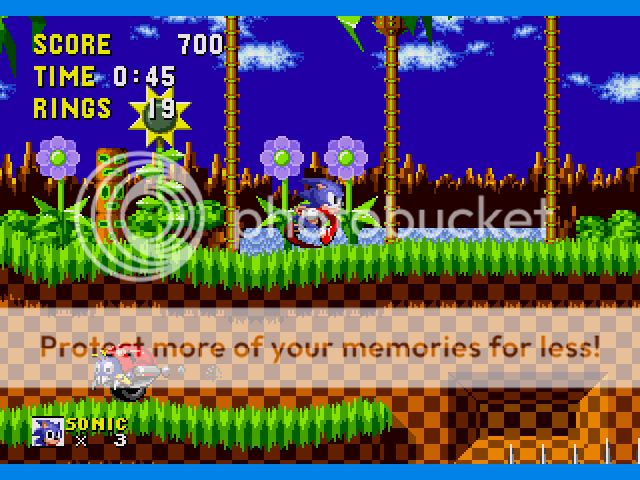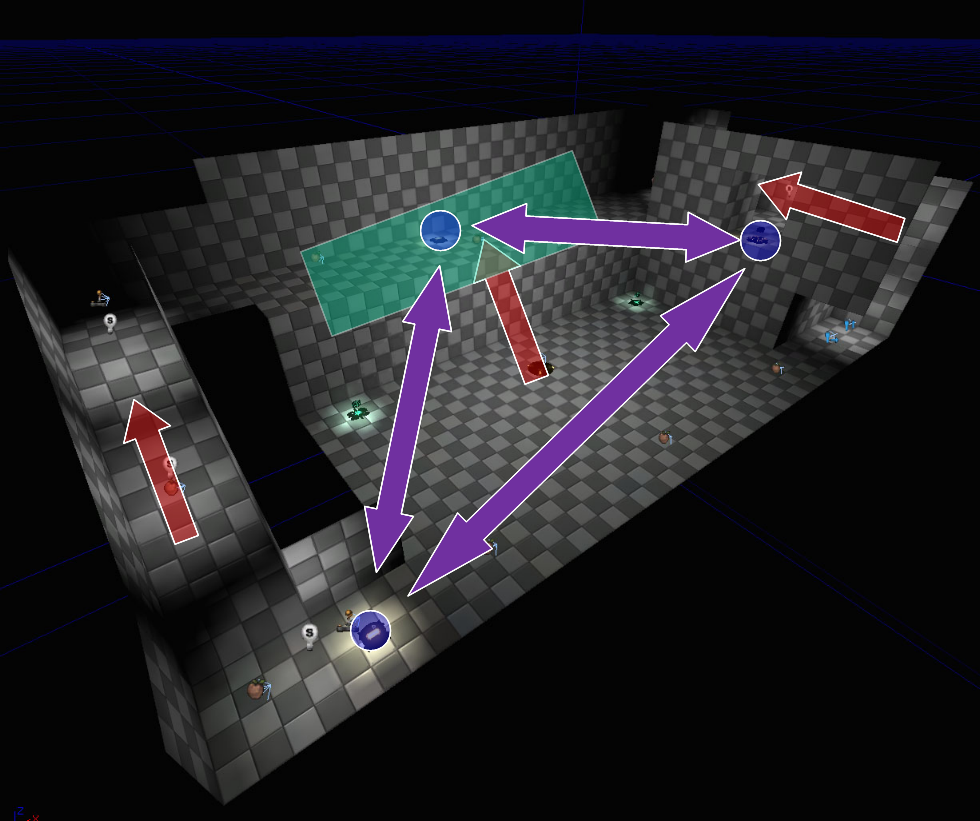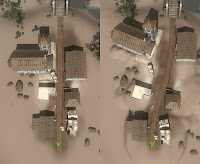| Level Design |
There is also Genre to consider for, when designing a level, if it's an FPS containing such shooters like CoD, Battlefield to sandbox games such as GTA4 and Just Cause 2, there will be specific guidelines, procedures on how you would create your level, based around the type of genre of game.


Typically you will start with idea generation, concept art sketches, photo reference, mood boards, sketches. From these you can create the next stages for rendering and physical models creation.
Real life location is very important because it's the basis for inspiration, so the sooner you gather those photo references of location and textures,the sooner you get the ball rolling from the processes mentioned above, to get that clear understanding and a strong direction of development.
Once completed, these concepts are transformed into extensive documentation, environment modelling and the placing of the game specific entities.
A good question to ask, who is the level designer? Well a level designer is a game designer (Mr. Obvious lol) though who creates environments, scenarios and more, using level editors tools. They work from the beginning (pre-production) to the end (post-production) and during various stages of the games progress.
The useful part for an Game programmer is that, they create the tools for the other artist to use. Such as in this case the level designer which the game programmers usually makes the level editors and design tools for the level designers, so they don't need to modify or use the game's codes.
(Having a great list that can be a good structure to follow and gives a more deeper understanding of level design.)
On my own personal journey on adventuring to become an artist in the industry, thus uncovering their tactics and techniques they have to go through to create such designs, will always prove amazing when considering the creative teams who create awesome looking levels. I don't think it always has to do with graphics, as where games are heading now, because the last generation and the other retro consoles, a lot of games had some awesome art direction, story telling and more, that aids towards the level design. Most games these days, in my opinion lack that quality.
On my own personal journey on adventuring to become an artist in the industry, thus uncovering their tactics and techniques they have to go through to create such designs, will always prove amazing when considering the creative teams who create awesome looking levels. I don't think it always has to do with graphics, as where games are heading now, because the last generation and the other retro consoles, a lot of games had some awesome art direction, story telling and more, that aids towards the level design. Most games these days, in my opinion lack that quality.
 One game stood out for me in my childhood back on the retro console, that is Sonic the Hedgehog, which has aged well and even till this day they still use the same formula, principles, mechanicals and the level design that can be a great structure to follow and evolve from for the modern releases of Sonic the Hedgehog games.
One game stood out for me in my childhood back on the retro console, that is Sonic the Hedgehog, which has aged well and even till this day they still use the same formula, principles, mechanicals and the level design that can be a great structure to follow and evolve from for the modern releases of Sonic the Hedgehog games.
Back then 16 bit graphics was at it's peak for the time, "Blast processor" a great marketing tactic that Sega used in their commercials to counter Nintendo and their mascot, Mario.
Here is a great video of James Nintendo Nerd, which he VS, Snes and Sega Genesis.
Well personally, Sega, or Sonic Team, always amazes me with their effort of art, sounds, story, characters and to be on topic, the design for levels. For Sonic which was designed in a side-scrolling, platform 2D game, they still have to decide the composition of getting the fore,mid and background right, which they accomplished and as well they designed the platforms for the level for many variations of paths that you can travel across, to get to your end goal.

Back then people loved the classic Sonic games that after many bad Sonic games, and moans from the fan-boys and girls, Sega finally decided to go back to basics, so eventually released a three part story that carried on from the last game, Sonic and Knuckles, for it was named Sonic 4. Sonic Team, went back to the old school style. but with stylized HD graphics of current_gen, capabilities, not to mentioned cross platform, to smart phones!
It was appealing to see the same principles applied but updated graphics, but even the old 16bit graphics still look fantastic.
 Then we go one step further for when Sonic Generations came out in winter of 2011. This was a great game that gave Sonic fans hope and a smile. It wasn't perfect but it was good enough and better then Sonic 06. The great twist about this game was that it catered for both fans of the old school style (classic Sonic) and the new style of Sonic in 3D (modern Sonic).
Then we go one step further for when Sonic Generations came out in winter of 2011. This was a great game that gave Sonic fans hope and a smile. It wasn't perfect but it was good enough and better then Sonic 06. The great twist about this game was that it catered for both fans of the old school style (classic Sonic) and the new style of Sonic in 3D (modern Sonic).
The old school style, again similar to how Sonic 4 did it, used the 3D engine of the game to not generate 2D sprites, or graphics but to generate 3D objects in 2D space, as well as packing a lot of detail into the design of the level from the foreground to mid to background, with a lot of atmosphere.
From keeping to the great fundamentals and principles of the original game, that exploded the franchise into success, then after many years later, came back to Sonic 4 then going on to implement 3D objects in it's world-space. In Sonic Generations the level designs and everything are pretty much the same but just updated and improved.
However in Sonic Generations you had the new style which was part of the story that the Sonic from past and present, meet up, due to a time shift.
 Yet when they converted the classic sonic to the modern sonic, from the same level that you play through twice, it's just amazing the design in the level that fits the gameplay of the modern Sonic. This still has elements where you do play in 2D. However there is a great shift that they have been doing since the new Sonic engine, for the game Sonic Unleashed. This new style of gameplay that from my own observation appears that maybe Sega was influenced from it's mechanics / gameplay and level elements from Sonic Rush, but then put it onto the current-gen platforms.
Yet when they converted the classic sonic to the modern sonic, from the same level that you play through twice, it's just amazing the design in the level that fits the gameplay of the modern Sonic. This still has elements where you do play in 2D. However there is a great shift that they have been doing since the new Sonic engine, for the game Sonic Unleashed. This new style of gameplay that from my own observation appears that maybe Sega was influenced from it's mechanics / gameplay and level elements from Sonic Rush, but then put it onto the current-gen platforms.
Sonic Team has had it's up and downs since the DreamCast titles of Sonic Adventure 1 and 2. After that, on the consoles, the games haven't been that memorable, until after Sonic Unleashed where they seemed to be getting it right. The handheld games have always been excellent in my opinion.
Maybe they are listening to the fans a lot more now? For what works best in the Sonic games that the fans enjoy is the quality of level design in the latest Sonic games. These have been outstanding and for a growing artist like myself, very inspirational especially when I have to design my own levels in the third year.





No comments:
Post a Comment